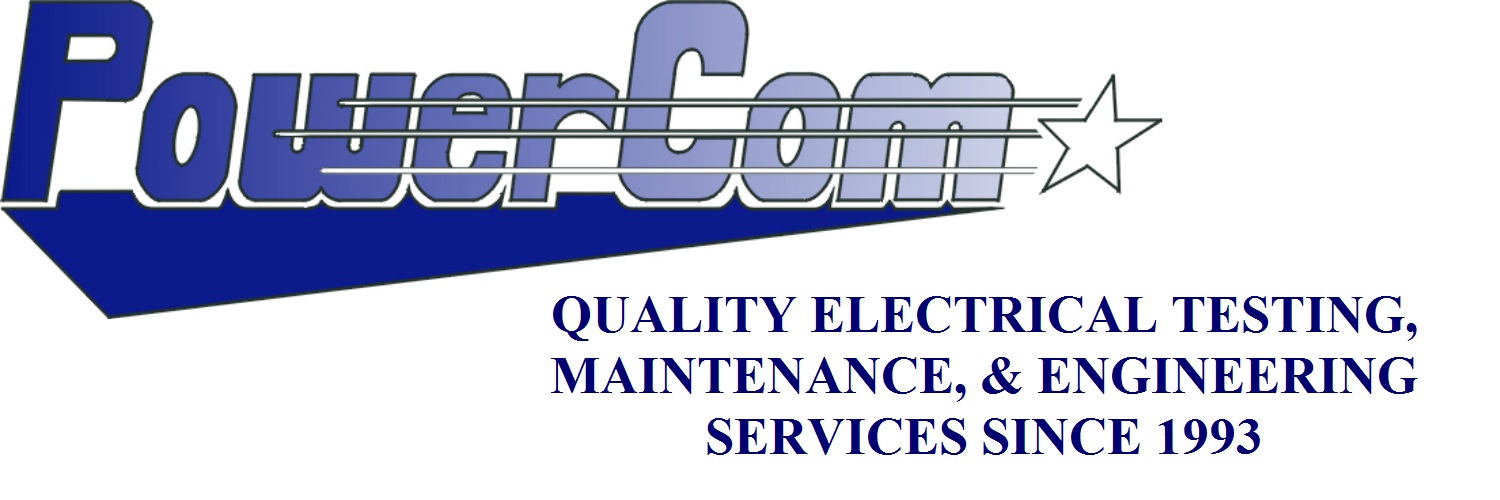Transformer Oil Analysis & Laboratory Services
We Offer Customers A Complete Test Program That Analyzes A Transformer's Oil

DISSOLVED GAS ANALYSIS - DGA
Dissolved Gas Analysis (DGA) is the single most broadly used test available today. This test is also the most effective test used to determine whether or not a transformer’s operation is normal. Likewise, this test will determine all fault conditions. In conjunction with other tests, analyses and inspections, DGA is crucial in determining the operating conditions of transformers.
When an oil sample is analyzed, dissolved gases are extracted from it. The gases are then separated and quantitatively identified through gas chromatography. When a gas develops, it is due to temperature degradation of transformer oil and insulating materials.
Transformer faults occur in internal environments of the insulating oil or in near proximity to cellulose insulation. In the event that a fault is active, the degradation rate can or will be substantial. Each fault, however, consists of various mixtures of degradation gases. Any of these mixtures can identify potential problems that one should avoid..
DGA (ASTM 3612-D) pinpoints the presence and levels of the following gases: Hydrogen, Nitrogen, Carbon Monoxide, Oxygen, Methane, Carbon Dioxide, Ethane, Ethylene and Acetylene. The concentration level of these gases is measured in parts-per-million. The three basic fault processes, Corona, Sparking and Arcing, can be identified by monitoring and analyzing the composition of mentioned gases. Finally, monitoring the rate in which gas generates permits PowerCom to assess the extent of each fault.

DIELECTRIC BREAKDOWN VOLTAGE
This voltage indicates the electrical stress an insulating fluid can tolerate without suffering any failures. When a low dielectric value is obtained, it is implied that contaminants are present in the insulating fluid. The dielectric breakdown voltage is reported in kilovolts.
High voltage transformers contain oil as their insulating dielectric. When a critical electric field is surpassed, conduction paths develop at microsecond speeds through the oil and take the form of branched trees known as streamers. When present, these can lead to ruinous breakdown. PowerCom has the experience and the resources to analyze dielectric breakdown voltage at our facility along with other types of analyses.
MOISTURE & WATER CONTENT DETERMINATION - KARL FISCHER METHOD

The water determination test is designed to determine the content of water in substances such as oil. This test utilizes the quantitative reaction of water with iodine and sulfur dioxide in the presence of a lower alcohol such as methanol and an organic base such as pyridine.
The presence of water can adversely affect the dielectric strength of an insulating fluid.
PowerCom utilizes the 756 KF Coulometer to determine the level of moisture present in the insulating fluid.

POLYCHLORINATED BIPHENYLS - PCB
PCB analysis detects the presence of polychlorinated biphenyls (PCB) in transformer oil. PCBs have been declared to be harmful to the environment and people. Their manufacture, use, and disposable have been subject to government regulations since the late 1970s. PCBs are toxic organic pollutants that were used extensively in transformers for decades. The use of PCBS has been restricted for many years and banned for use in new transformers. However, a large number of PCB contaminated transformers are still in service.

SPECIFIC GRAVITY - RELATIVE DENSITY
The specific gravity (relative density) of an oil is the ratio of the weights of equal volumes of oil and water. A high specific gravity indicates the oil’s ability to suspend water. In extremely cold climates, specific gravity can be used to determine whether ice, resulting from freezing of water in oil-filled apparatus, will float on the oil. Such a condition possibly may result in flashover of conductors extending above the oil level.
Specific gravity is important when there is a concern about water or contamination from other oil being present.

ACIDITY
When transformer oils oxidize they begin to produce acids. These acids can adversely affect the insulation and inner components of the transformer.
When significant amounts of acid are produced they will polymerize with each other or react with the metallic surfaces inside the transformer to form sludge. A low total acid number, less than 0.3mg KOH/ g oil, is necessary to maximize the life of the insulating system and prevent sludge.
Summary of method: A sample of transformer oil is neutralized using Potassium Hydroxide. The amount of KOH needed to neutralize 1 gram of oil is the acid number.
COLOR
A low color number is an essential requirement for the inspection of an assembled apparatus in a tank. An increase in color number during service indicates deterioration or contamination of the mineral insulation oil.
Summary of method: The oil sample is compared to a series of colored glass standards and its match is reported on a scale from 0.0 to 8.0.


INTERFACIAL TENSION
Interfacial tension measures the concentration of polar compound suspended and in solution in transformer oil. Interfacial Tension is measured in dynes/cm and is affected by high acid or water content values. It is also used as an indicator of the conditions that lead to the formation of sludge in the transformer oil.
Summary of method: Interfacial tension is determined by measuring the volume of a drop of water that an oil sample will support as compared to air.

